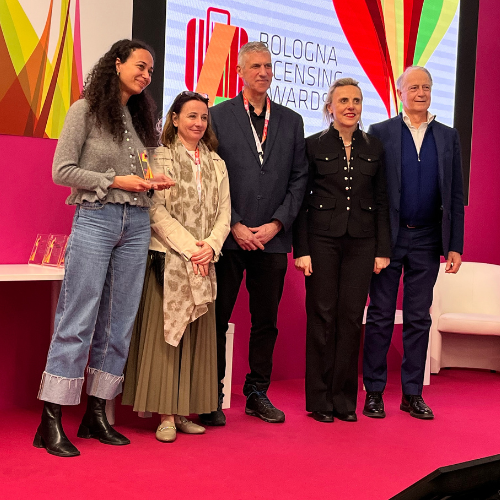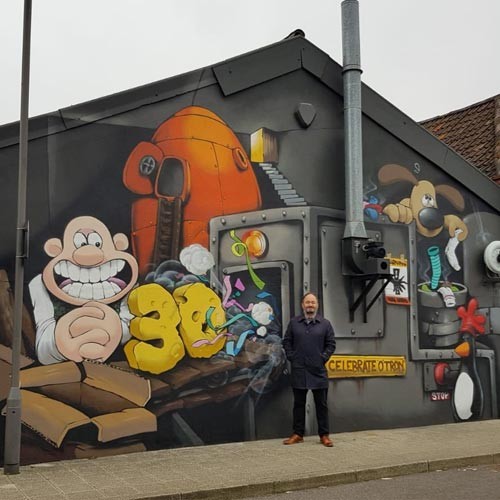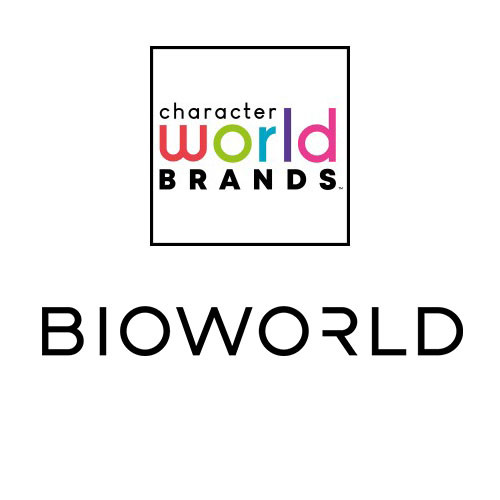David Riley outlines the brands, licences and authors driving the category.
It seems that last year was a record year for children’s books. According to Nielsen Book Research, the total market was worth nearly £336m, up 6.6% on 2015. Children’s books now represent 30% by volume and 22% by value of the total UK physical book market (TCM).
In tandem with this growth the average selling price for the book market as a whole hit an all-time high – hitting £8.14, up from £7.58 in 2015, and the average selling price for children’s books rose to £5.78 from £5.40 in 2015.
So what has driven this tremendous growth? Was it licensed characters? Well, the short answer is yes … and no. Look into the detail and there are some big stand-out performances. Of course, every year has stand-out performances somewhere or other… but perhaps 2016 was exceptional.
By publisher the big winners of 2016 were the Hachette Group, Pan Macmillan, Bloomsbury, Scholastic and Walker (although it’s worth remembering that one of the biggest authors of the year, David Walliams, was published not by one of these publishers, but by Harper Collins).
By category, the picture is distinctly mixed, especially for character books which feature in a range of categories. For instance, annuals have been sickly for a while now and last year the category was down 11%. Preschool and early learning books were also down as was young adult fiction.
The star categories of the year were children’s non-fiction and children’s fiction (up 26%) and it’s easy to see why when you look at the numbers. Harry Potter delivered over £29m of revenue through the tills, driven by Harry Potter and the Cursed Child (published by Little Brown – part of Hachette) and Fantastic Beasts and Where to Find Them (from Bloomsbury).
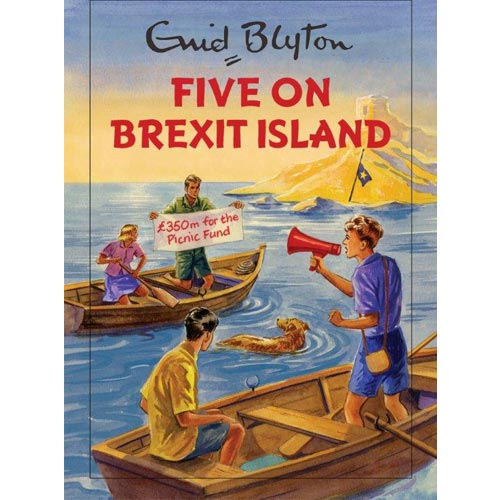
For me, the striking thing about 2016 was the strength of author-driven brands. Of the top ten properties in the UK, 78% of value was delivered by authors and traditional book series.
By age, Julia Donaldson dominates the purchasing for 0-5s. LEGO, Disney and Star Wars were hugely successful for 5-9 year olds, but Roald Dahl is also up there among the top brands.
Above 9 years old, it’s David Walliams, Harry Potter, Wimpy Kid, Girl Online and Cherub. And the story doesn’t end there, of course, because for adults we saw huge successes for the Hachette Group with one of the most iconic of children’s authors – Enid Blyton.
“Enid Blyton saw a massive increase in 2016, driven by lots of new publishing,” points out Katie Price, licensing director at Hachette Children’s Group. “The brand has benefitted from the positive impact of licensing deals such as Quercus’ successful Enid Blyton for Grown Ups series. One of the titles: Five on Brexit Island sold over 350,000 copies and was a number one Christmas bestseller.”
2016 was a great year for children’s publishing, full of imaginative, funny, exciting and wonderful books. Will 2017 beat it? It’s impossible to tell, but I can’t wait to find out what’s in store for us.
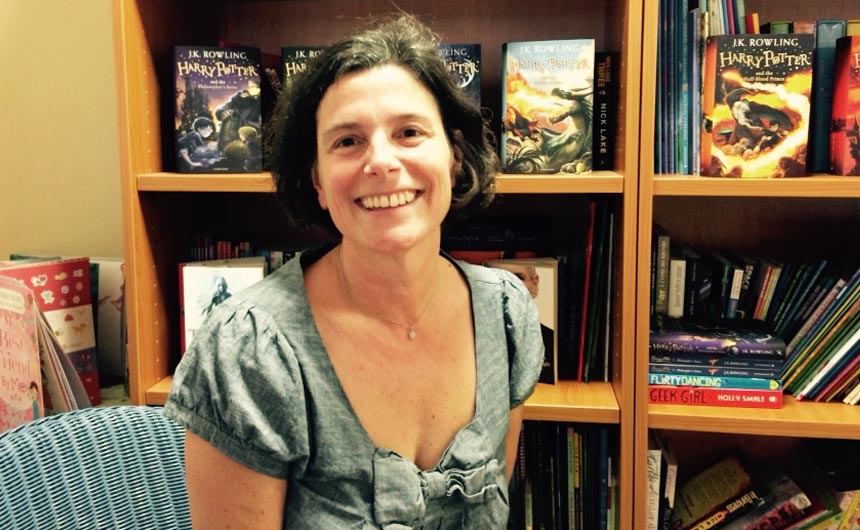
The Harry Potter Factor
Emma Hopkin, managing director of consumer publishing at Bloomsbury (pictured above), explains: “Harry Potter’s year in 2016 was really a perfect storm. Off the back of an incredibly successful start to the illustrated publishing programme we had a play presenting itself as the ‘eighth story’ so sales of the first seven were in demand – and all the work we had done on re-issuing them paid off.
“Then in the autumn Fantastic Beasts movie, written by J.K. Rowling herself, just continued to fuel the Harry Potter fire and ensure our second illustrated title sold as strongly as the first.”
In fact, Harry Potter delivered more than double the revenue of the next bestselling authors – David Walliams (£13.7m) and Julia Donaldson (£13.5m).
This rise in fiction and non-fiction was also responsible for the lift in average selling price – Harry Potter’s RRP was £20, with an average selling price of £10.92 factored over 1.4 million copies. David Walliams’ hardback books were priced at £14.99 and sold at an average selling price of £7.68, and many other high priced fiction and non-fiction titles contributed to the statistic. Clearly, consumers are willing to buy strong titles and spend money on them.
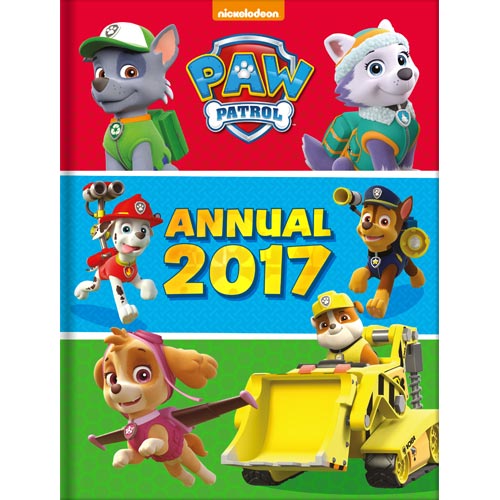
Pups and Pokémon
Among media brands the high flyers on the book front were Disney (all brands) at £5.5m, Peppa at £5.4m, Star Wars at £4.8m and LEGO at just over £4m. But in and among the giants of licensed publishing for children, there were definitely some rather interesting giant killers.
According to Nielsen, PAW Patrol, for instance, delivered 24% more retail sales than Minecraft. PAW Patrol was the top preschool annual of the year, and the brand as a whole delivered nearly £3.6m through TCM.
“PAW Patrol has shown incredible growth through 2016, with further growth forecast this year with the introduction of new girl orientated titles. The combination of a strong broadcast platform and extensive consumer product activity has driven fantastic awareness and appetite; PAW Patrol is everywhere,” says Duncan Hamilton, UK licensing director at Parragon.
“The combination of pups, vehicles, peril, teamwork and adventures put PAW Patrol at the heart of the perfect sales storm with no sign of slowing up. We are proud to be publishing PAW Patrol and look forward to another great year.”
Meanwhile, Hachette Children’s Group enjoyed a strong year with Pokémon. Katie Price, licensing director, states: “The official Pokémon Encyclopedia has sold over 70,000 copies (TCM) and is consistently a top ten licensed children’s title. We have now signed a longer-term contract and have a bigger range of formats planned including four fiction titles for June 2017.
“My Little Pony continues to perform exceptionally well for us and this is even before the movie coming later this year. We’re thrilled to see it tracking higher than brands like Thomas the Tank Engine.”
For further information on Nielsen BookScan TCM UK Market and Nielsen Books and Consumers please contact salesbookresearch@nielsen.com
David Riley is an independent publishing and licensing consultant and agent specialising in book and magazine publishing. (www.davidrileyconsulting.co.uk)
This feature originally appeared in the summer 2017 edition of Licensing Source Book. Click here to read the full publication.













